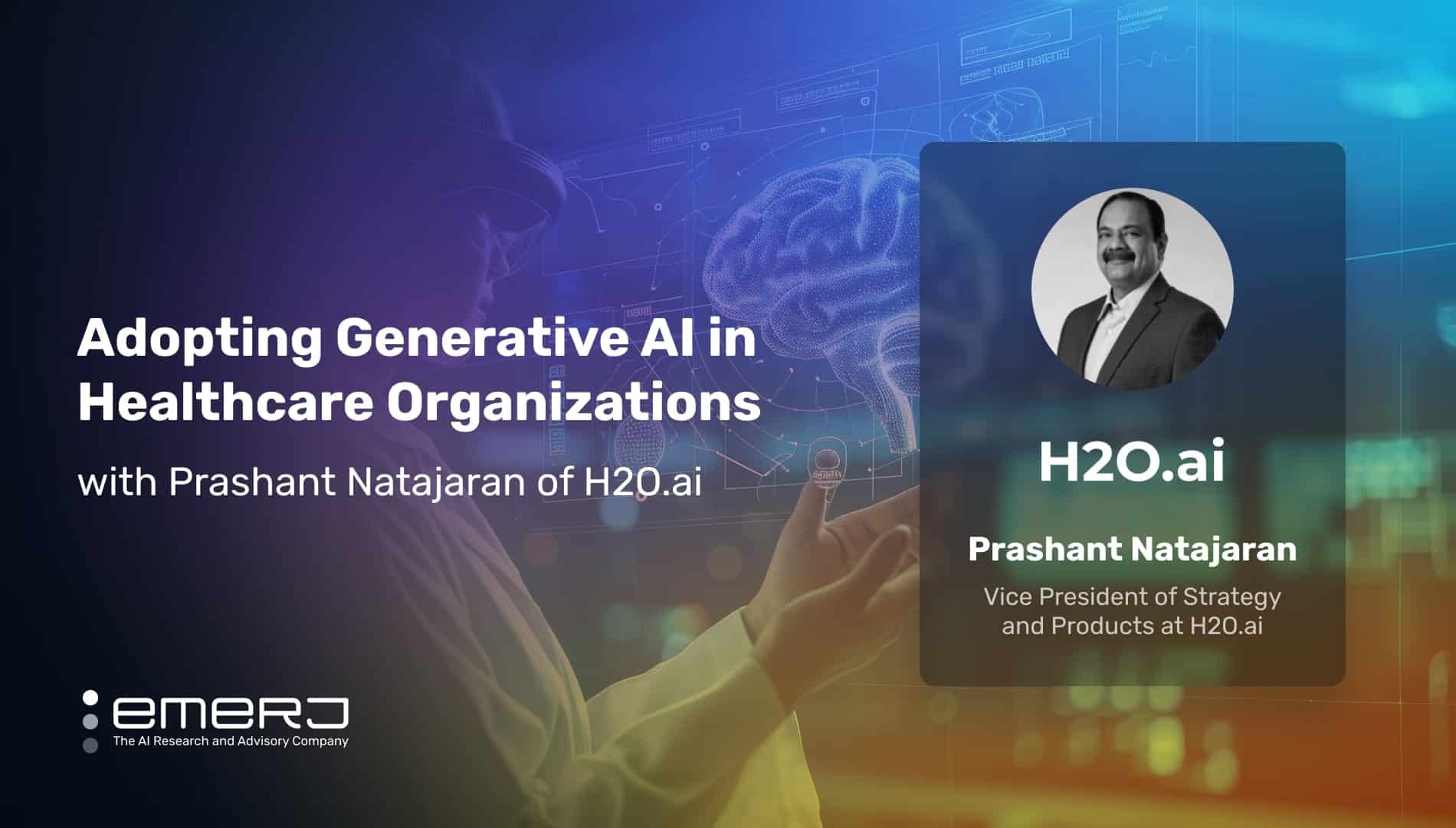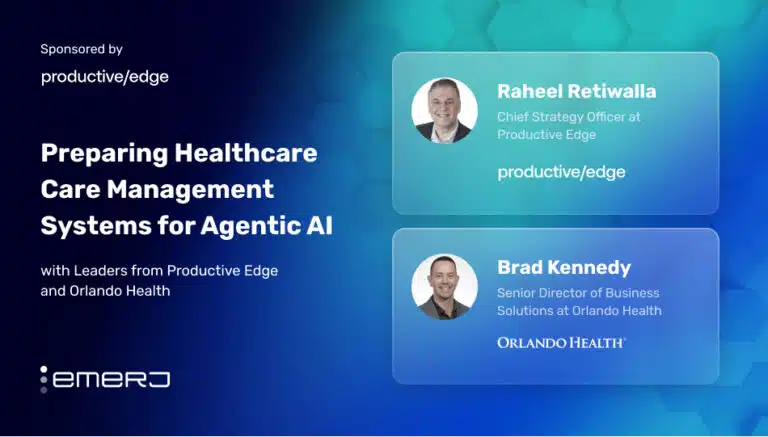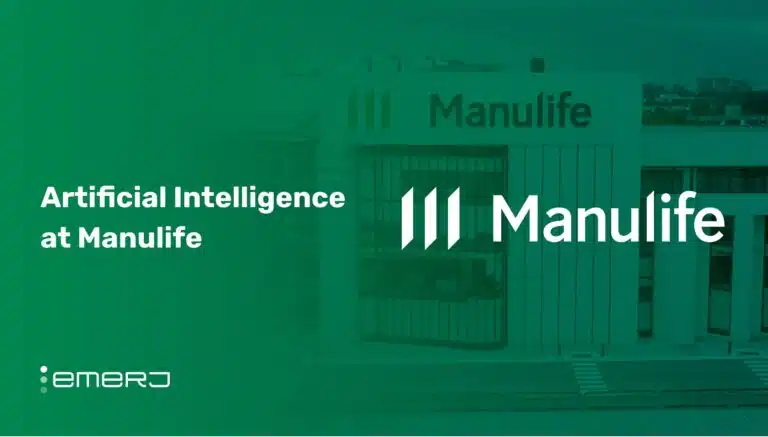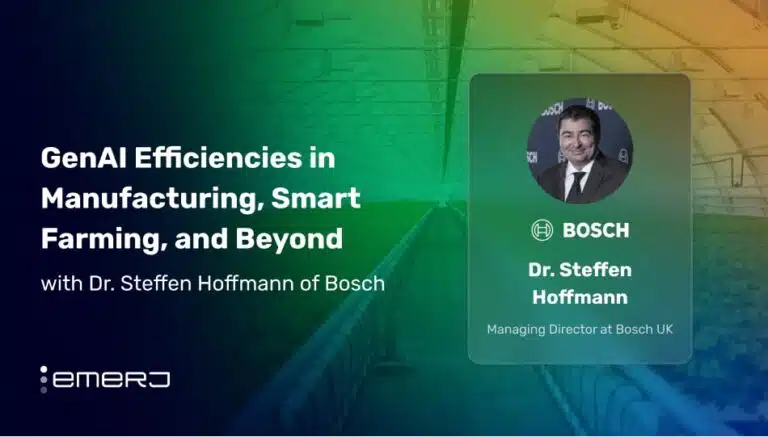As stakeholders in the life sciences and healthcare industries rush to adopt GenAI and integrate it into their projects and processes, they are walking a tightrope. GenAI will play a vital role in the future of healthcare in ways that we can hardly yet imagine; on the other hand, concerns like patient data privacy and potential inaccuracies have led many to take a cautious approach.
Yet this cautious approach is also a risk: as the Organization for Economic Co-operation and Development’s report on AI in Health notes, “While there are significant risks from the use of AI in health, there are also significant risks from not taking action to operationalize agreed principles. These risks include exacerbating digital and health inequities, increasing privacy risk, slowing scientific advancement, and hampering trust with the public.”
Business leaders can balance these competing risks in the face of this significant technological transformation with more effective approaches to emerging generative technologies and enterprise capabilities. Through applicable use cases, leaders can deploy GenAI mostly on a strategy that avoids risk and unwanted outcomes.
To gain a greater perspective on the most valuable approaches for GenAI (GenAI) adoption, Emerj CEO & Founder Daniel Faggella recently met with Prashant Natajaran, Vice President of Strategy and Products at H2O.ai, for a discussion on step-level advances for these technologies in life sciences and healthcare spaces, and how they’re fueling rapid innovation. H2O.ai’s platform, the H2O.ai Cloud, provides businesses, government entities, nonprofits, and academic institutions with an end-to-end GenAI platform that can be wholly owned in-house.
In their conversation, they explore how the most innovative leaders in both the public and private sectors are implementing GenAI and provide strategic guidance for companies that haven’t yet integrated it into their workflows.
The following analysis will focus on two critical insights from their discussion for relevant business leaders:
- Leveraging the democratization of computing to add value: GenAI has made computing more accessible to all, and expert leaders are utilizing their prior experience with ML to improve both the bottom line and patient outcomes.
- Increasing operational efficiency: AI is able to process large amounts of data and documentation, leading seamless integrations with both patient data and non-patient data-oriented domains.
Guest: Prashant Natarajan, Vice President, Strategy and Products at H2O.ai
Expertise: GenAI Analytics and Big Data in Life Sciences across both the public and private sectors, Product Management
Brief Recognition: Natarajan, now VP of strategy and products at H2O.ai, has held positions at Umum, Deloitte Australia, and Oracle. He earned degrees from the Manipal Institute of Technology and Auburn University. Natarajan has excelled in GenAI, analytics, and big data across life sciences and healthcare. An expert in population health, precision medicine, R&D, and real-world evidence, he has authored several books on AI, ML, and big data in healthcare.
Leveraging the Democratization of Computing to Add Value
The podcast episode opens with the question of how GenAI is different from the other technologies that preceded it. The answer, Natarajan says, is in the enormous range of applications, value creation streams, and use cases, both external and internal. He declares that GenAI is the most exciting technological innovation of his 25-year career, with the life sciences and healthcare industries taking the lead on answering questions of how the technology can democratize access while being used “in a responsible way to bring the greatest good to all.”
Still, Natarajan tempers his enthusiasm, noting that the excitement of GenAI must be followed up with careful exploration, experimentation, and implementation, with particular attention paid to budgets and investments, risk, and change management. If implemented correctly, GenAIwill be the tide lifting all boats across the industry, he says.
Natarajan also observes that the uptake of GenAI has been much quicker in the life sciences and healthcare industries than in other types of technologies. He attributes this to two factors:
- GenAI is accessible and straightforward to use, making it easy for leaders to experiment with and adopt
- Many stakeholders have already developed the experience necessary for effective GenAI implementation by adopting more “traditional” machine learning technology like time series classification and NLP computer vision on medical imaging
GenAI, rather than geography or access to capital, will be the element that defines the new digital divide, Natarajan asserts. While leaders who have already begun to implement an AI strategy have the edge over those who have not, companies can get started by incorporating it into smaller value streams. It’s essential for companies exploring the possibilities of GenAI not to treat it as a monstrously expensive project but rather as an opportunity to add value through assistance, augmentation, and automation, he says.
Natarajan says that the essential innovation of GenAI has democratized computing. It is the ultimate cumulation of a process in which computing languages have become less and less technical over time. Now, we can use natural language, either speech or writing, to compute. As these capabilities become more integrated in the workplace, they will transform the speed and efficiency with which users access and execute tasks.
Increasing Operational Efficiency and Improving Patient Care
In explaining what improving patient care looks like in practice, Natarajan personalizes the conversation with an anecdote about how his children use AI, with his daughter using voice chat to ask GenAI about baking recipes and his son exploring the nuances of Pokémon terminology. These examples show how multimodal GenAI is opening up frontiers for both input processing and output, he says.
In the life sciences and healthcare industries, Natarajan identifies research and development, commercial applications, and medical affairs as the hottest areas for implementing GenAI. Of those, pharmaceutical research and drug development is up-and-coming, with pharma companies leveraging GenAI to fuel early-stage drug development, Natarajan says.
Natarajan gives examples of the following use cases for how GenAI can be applied to ease workflows in non-patient domains:
- Commercial: sales & marketing, content generation & management
- Medical affairs: examining post-market reports, customizing contracts
- Supply chain management
He notes that many companies need to be more skittish about integrating patient data into GenAI due to concerns over privacy regulations and the accuracy of the data. Still, Natarajan argues that the industry must begin to meet these challenges head-on in order to maximize what GenAI can achieve.
Organizations can mitigate these concerns by keeping patient data within their own firewalls, where they have total control of the data, models, results, and distribution. Natarajan advises that companies should also consider bringing smaller, specific language models (SLMs) into the mix instead of large language models (LLMs).
While LLMs have their applications, SLMs are better at achieving specific tasks, with pre-trained domain-specific models likely to be “the world of tomorrow,” he predicts.
Finally, Natarajan emphasizes the importance of collaboration on GenAI technology between the public and private sectors. The work that is being done at the VA, the NIH, and the CDC is also applicable to health insurers, ACOs, and HMOs. “The only way we can move forward as a community” is via these public-private partnerships, Natarajan says.


















